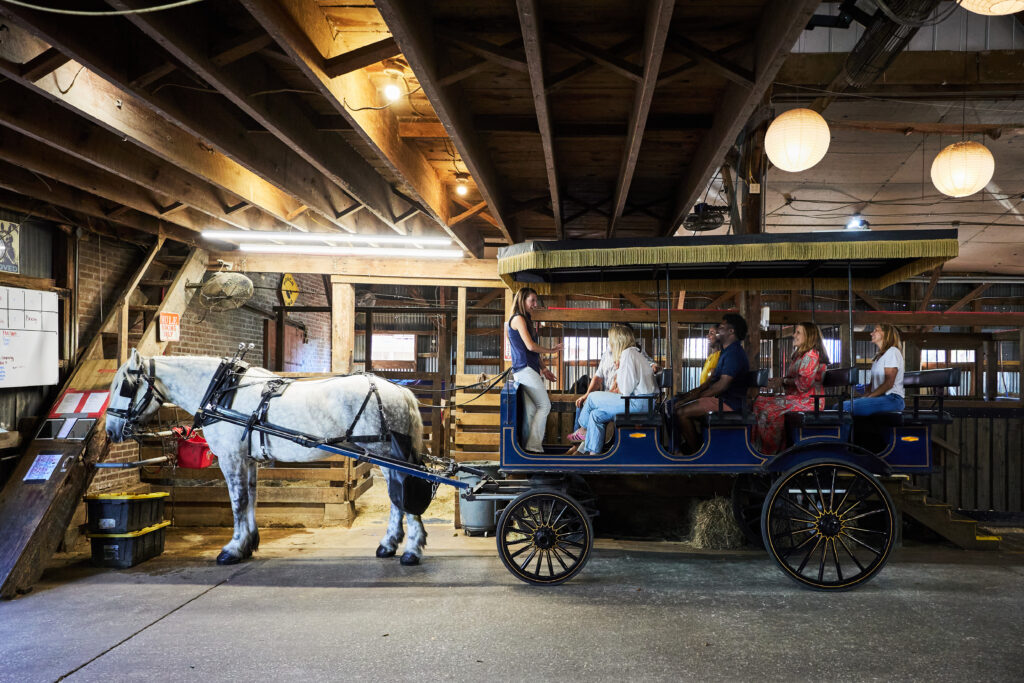
For many in Charleston, the welfare of carriage horses and mules has been a heated topic of conversation. At Palmetto Carriage Works, it’s something that we are always talking about, and since we consider our animals a part of our family, we make it our job to make sure they are always happy and healthy.
As you know, it can get pretty hot here in Charleston, so how exactly do our mules and horses fare during the summer? Let us tell you!
First we make sure all of our horses get plenty of water and breaks at the barn between tours — especially during the summer. We also make sure that our staff is always aware of the temperature outside.
On summer days here in Charleston when the temperature reaches 95 degrees or the heat index reaches 110, all of our carriage tours are halted. By stopping our tours once the temperature reaches these levels, we ensure that our animals aren’t working in conditions that could lead to overheating. Though measuring the outdoor temperature is a good way to gauge the working conditions of our animals, a better indicator is taking the individual temperature of each animal – which is why after every tour, we do just that!
If at any time, the temperature of one of our animals is more than 102.9 degrees, which is within the normal range for a working horse, the animal doesn’t go back to work until he/she has cooled off to the appropriate temperature range.
Not only do we pay attention to the temperature and health of our horses, but did you know that Charleston is one of the only recorded cities in the world to do so? Other cities with working horses don’t monitor individual animals for temperature! And because we do monitor our animals so closely, we have never had a heat related incident in over 30 years of business.
At Palmetto Carriage Works, the safety and wellbeing of our employees, especially our four-legged ones, is always top of mind.
